Want to create a gorgeous living wall in your garden? Here's how to grow plants on a trellis and train them to continue their upward journey!
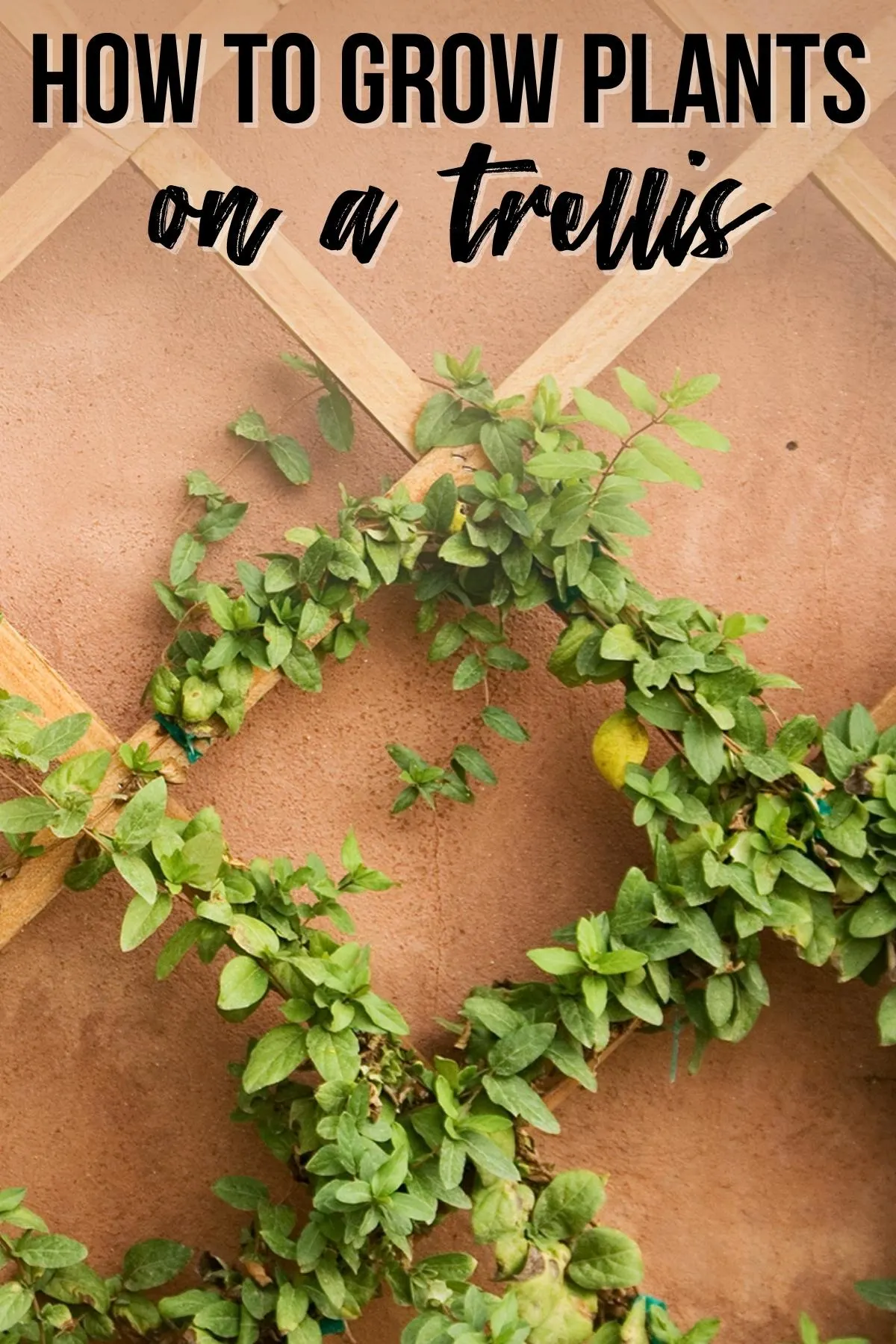
There's something magical about climbing plants. They reach out and grasp any foothold they can find, reminding you that plants are just as alive as we are. A trellis gives your plant support as it grows, but that's only part of the equation.
I'll show you how to choose the best vining plant for your space, and the easiest way to train it to grow up vertical structures.
This post contains affiliate links for your convenience. Purchases made through these links may earn me a small commission at no additional cost to you.
Research Climbing Plants Online First
It's always a good idea to do some online research before you head to the garden center. You can narrow down your options and avoid pitfalls, so you can choose the best plants for your situation.
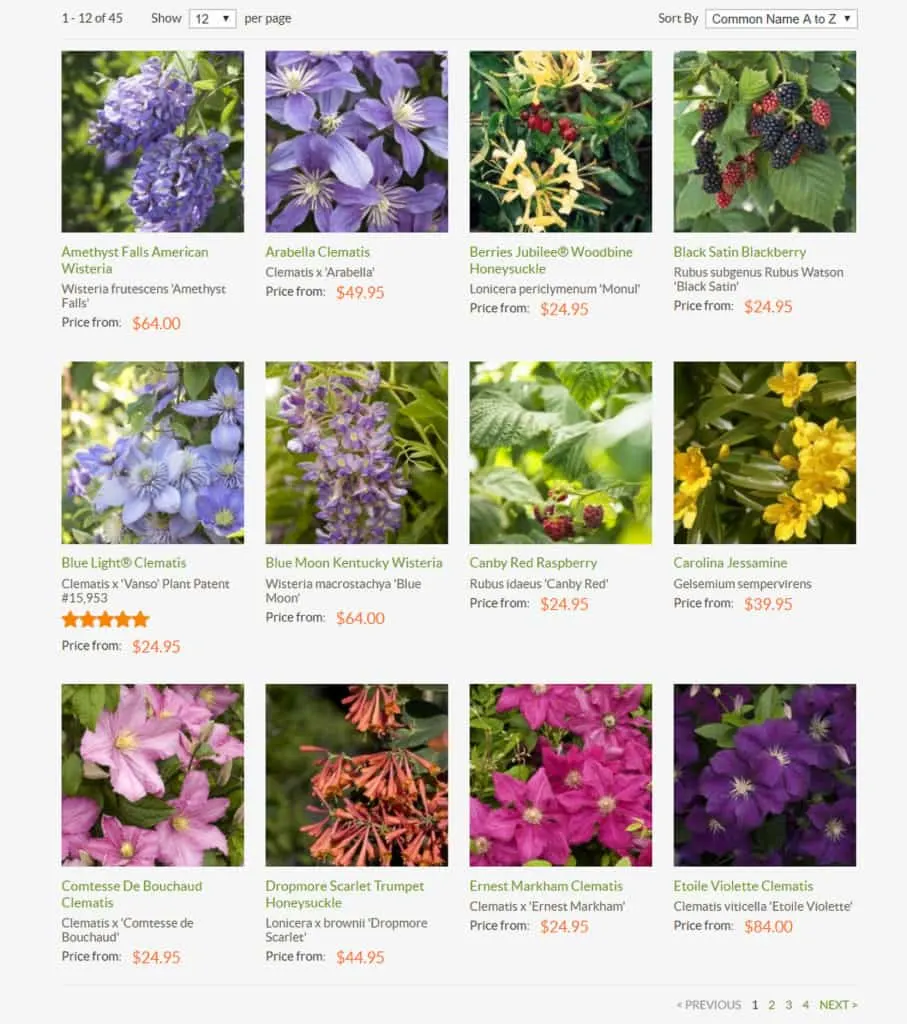
Companies like Monrovia and Proven Winners makes it simple to sort by climbing type, light levels and growing zones. By weeding out the plants that aren't right for your garden before you get to the store, you're less likely to be seduced by a beautiful plant that won't thrive on your trellis.
Choose the Right Plant for Your Type of Trellis
Vines grow vertically two different ways, twining and sticking. The type of support you provide will determine which vines you should choose.
Some species send out tendrils that will wrap around thinner structures like a metal trellis, a chain link fence or chicken wire. Examples of twining vine include sweet peas, morning glories and black-eyed susan vines.
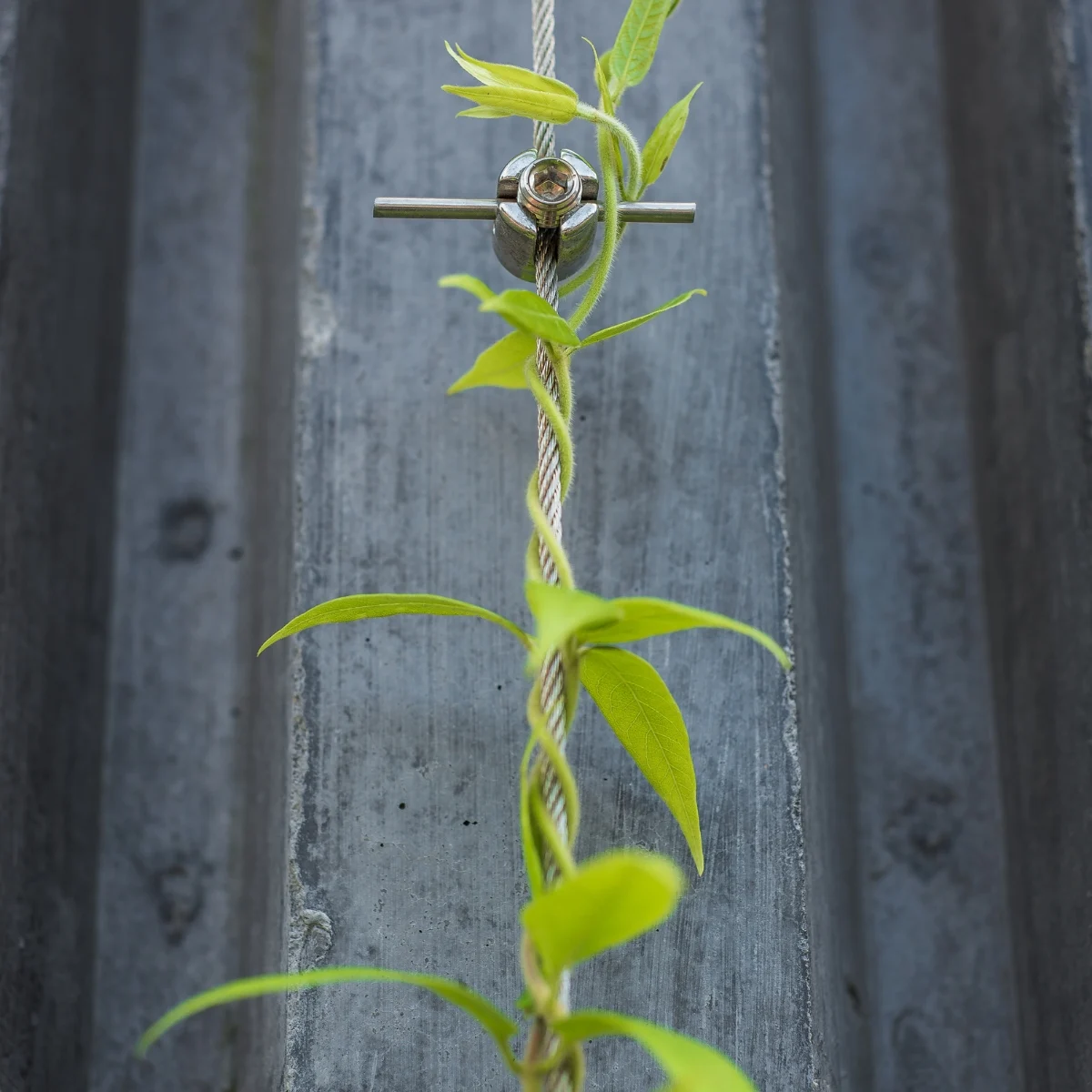
Other vines stick to their support structure with tiny, sticky hairs. This type prefers a wooden trellis or other textured surfaces that it can stick to, such as the side of a brick building. These vigorous climbers can take over your garden beds if they're not kept in check, because they will cover everything within reach.

You can even grow plants in your vegetable garden on a trellis or other structure. Pole beans and some varieties of peas are natural climbers, and climb easily on stakes or a bamboo teepee trellis.
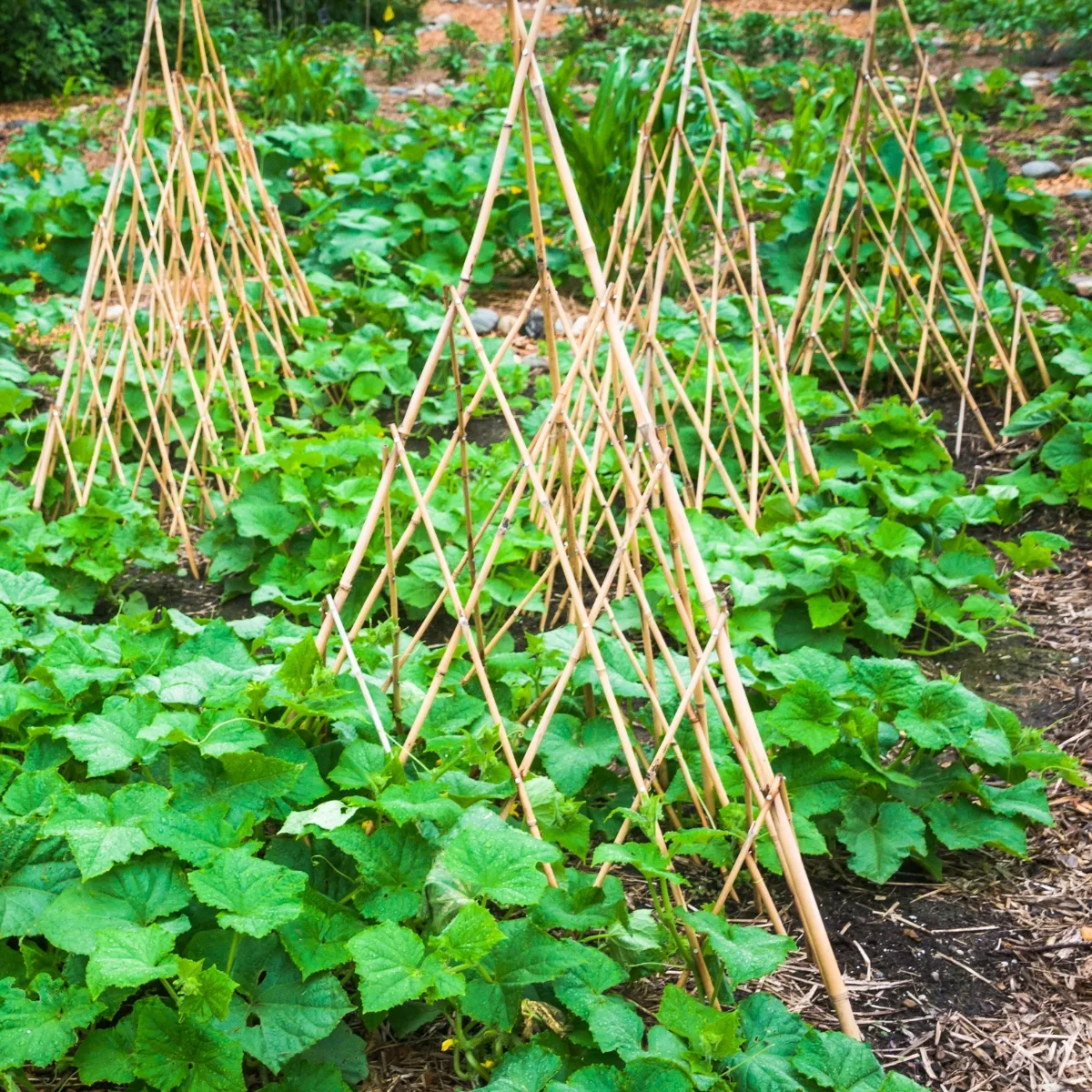
Grow cucumbers on a string trellis or other support system to get them off the soil surface, where they are susceptible to fungal issues. Training vining vegetables like cucumbers or squash to grow vertically also prevents misshapen produce and makes it easier to harvest.
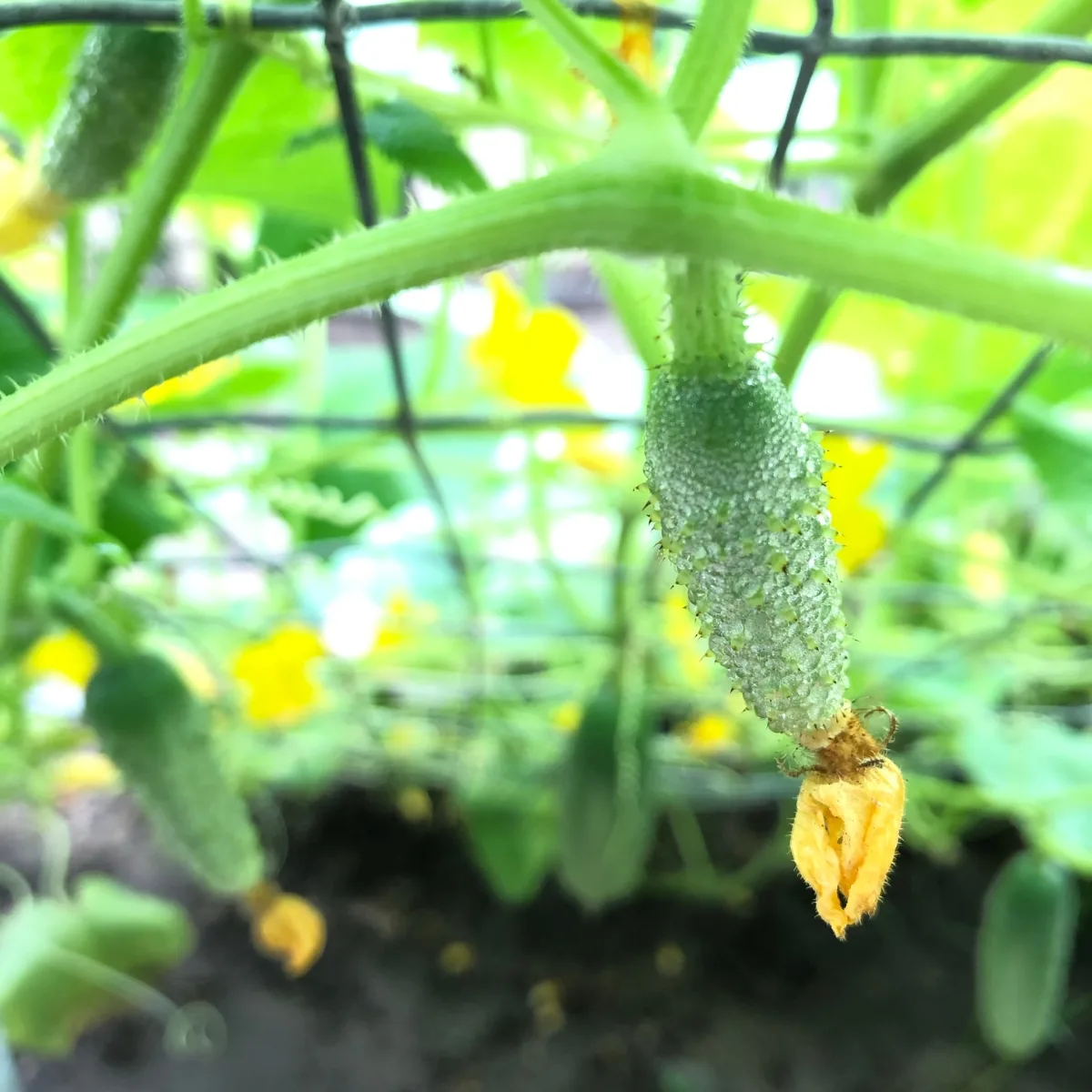
Indeterminate tomatoes can be grown in small spaces with the help of tall tomato cages that allow them to grow to their full height without falling over. I've grown eight foot tall tomato plants in a grow bag with a little help from this DIY tomato cage!
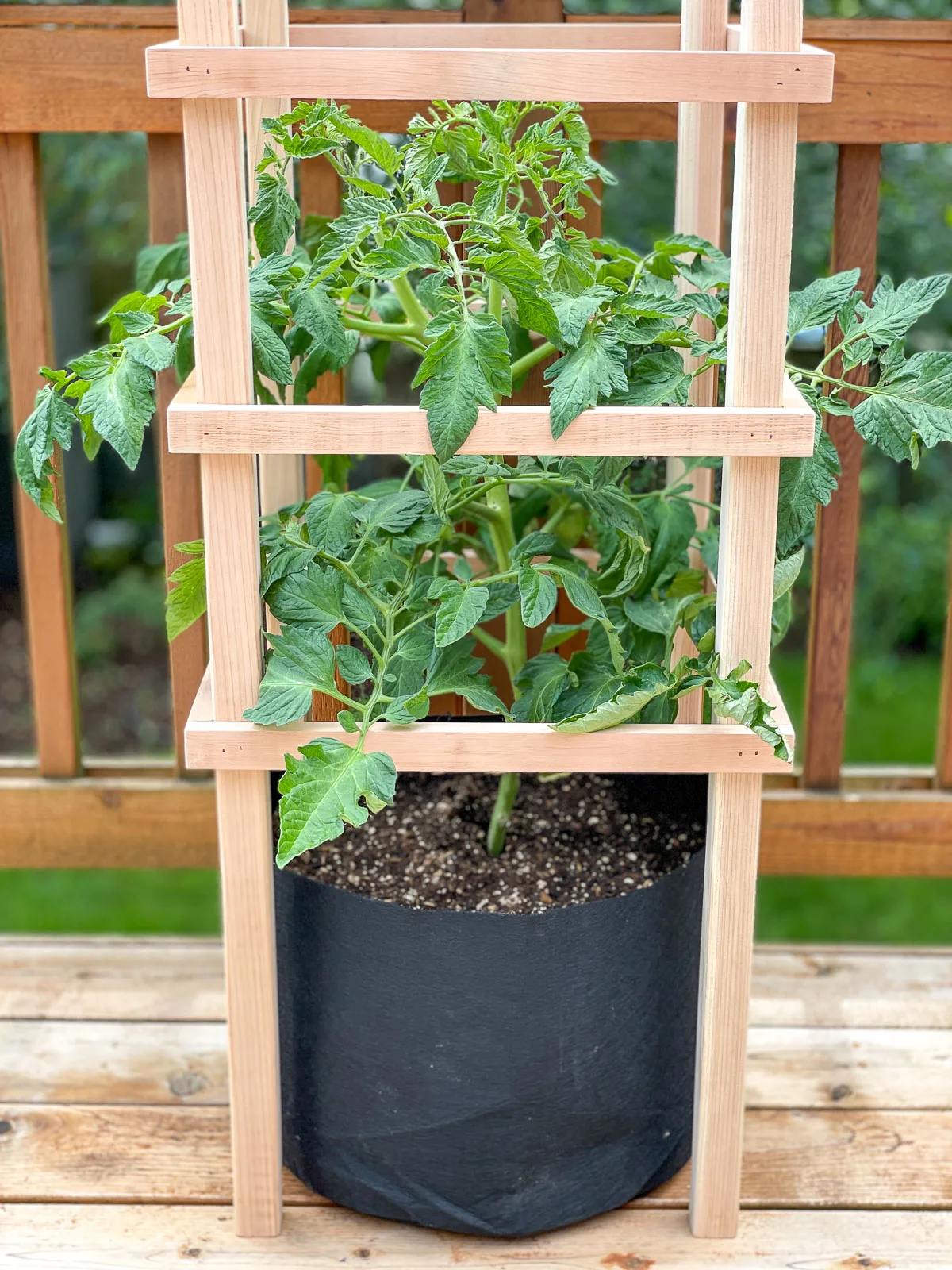
Stagger Bloom Times for Constant Color
Mixing two different flowering vines with varying bloom times on the same vertical support ensures that your trellis is always covered with flowers!
This trio of garden trellises provides a strong vertical element on our fence with two different types of plants.
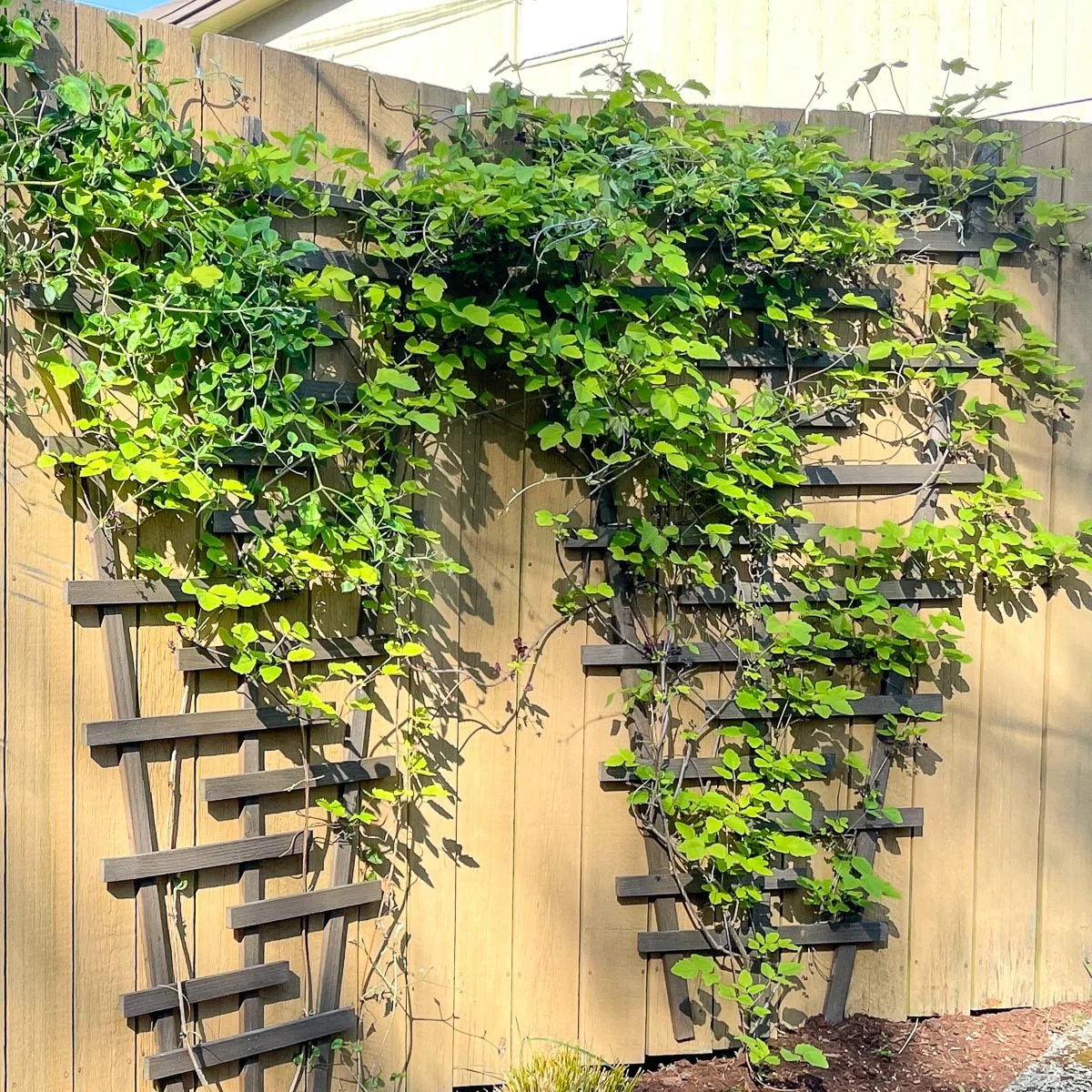
Akebia quinata, or Chocolate Vine, blooms in spring with dark purple flowers. This fast-growing vine quickly covers the fence with foliage. Later in the growing season, clematis takes over with colorful flowers that last throughout the summer. Both vines are cut back in late winter to keep their growth in check.
How to Train Plants on a Trellis
To start training climbing plants, weave the ends through the bottom slats of the trellis. My fence trellis has space behind the slats to tuck branches into place.

As the vines grow, you can use garden twine or zip ties to keep them going in the right direction and prevent them from flopping over. I like to use these soft rubber wire ties because they don't harm the plant, and they're easy to reuse.
If your plant seems to be struggling to grip or twine, tie fishing line between the trellis slats to expand their climbing area. The clear threads will provide almost invisible support, and will allow them to completely engulf the trellis and the fence behind it.
If you're using a string trellis, these clips are a lifesaver! They hold onto the string firmly but allows the plant stem to move in the wind without breaking.
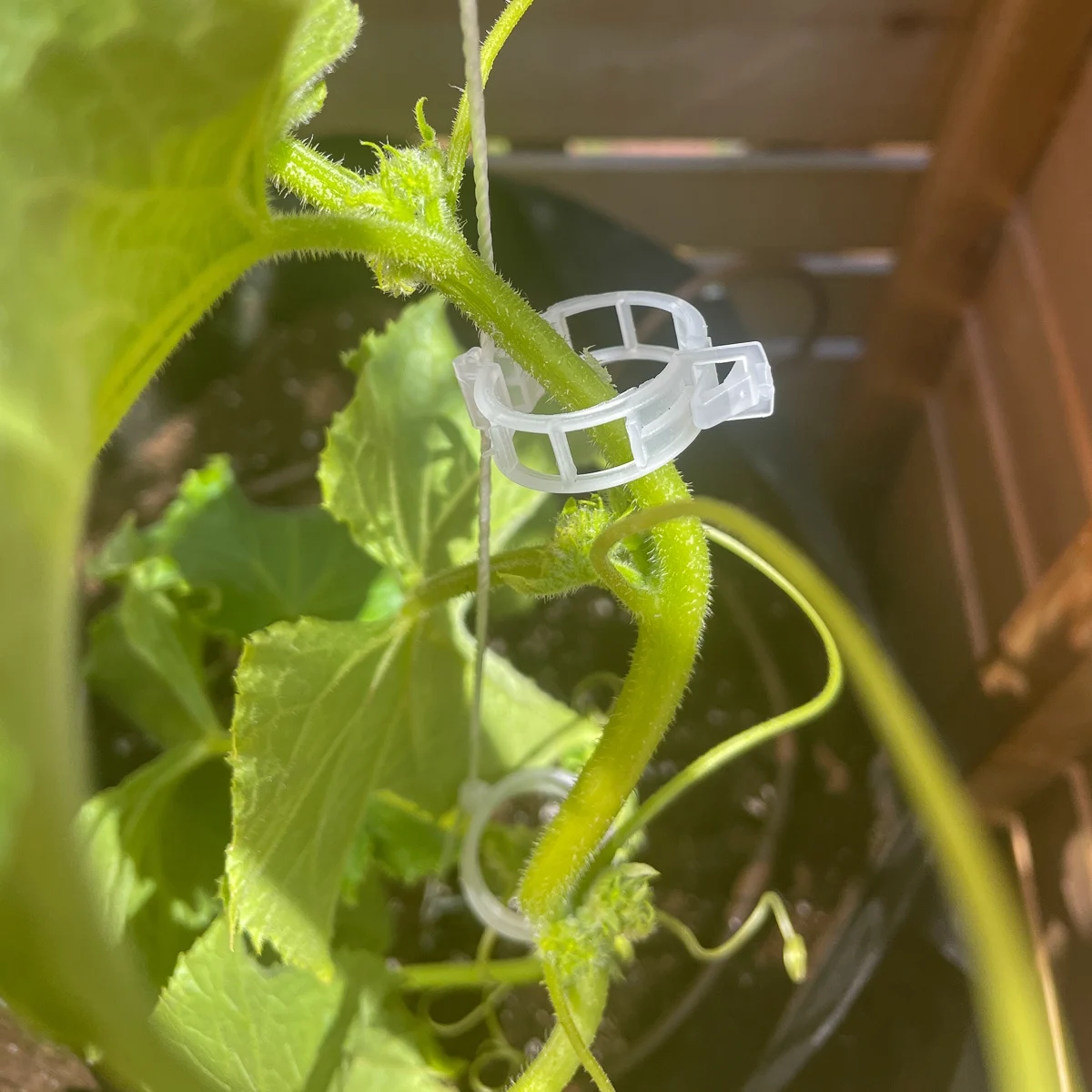
I hope I've helped in your search for the best climbing plants for your trellis. Over the last year, these vines have grown taller and healthier because I chose the right ones for my garden space!
